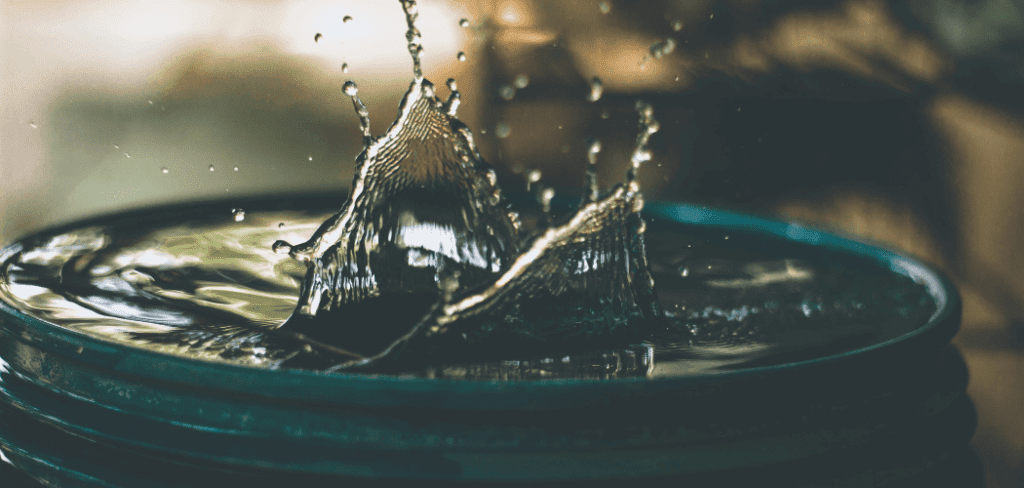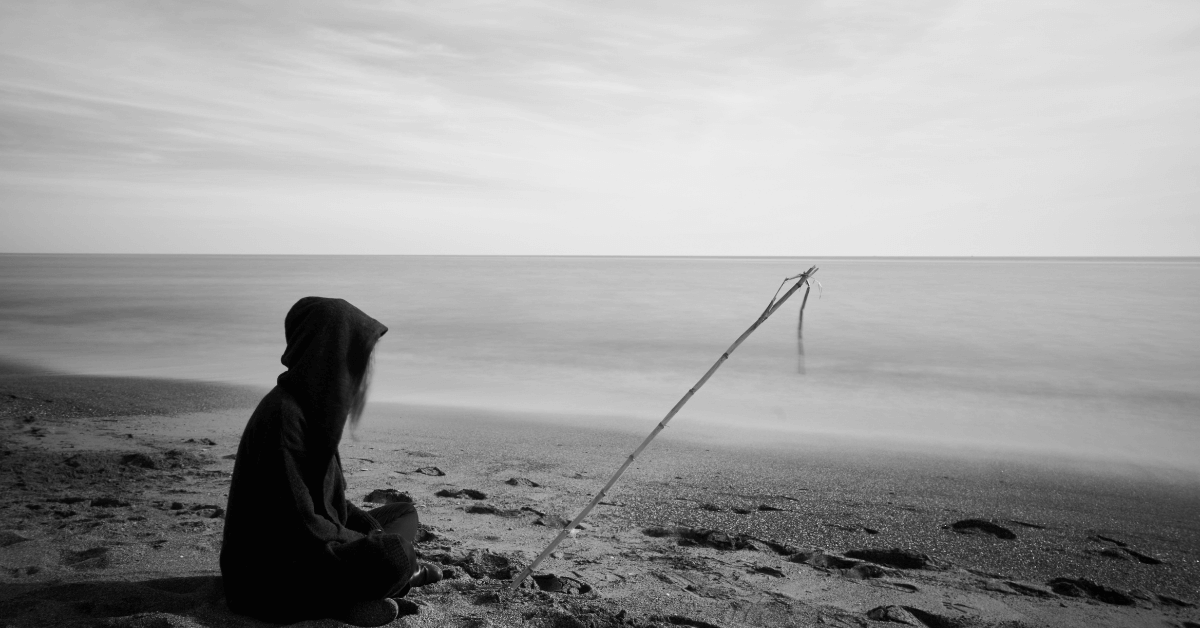As outdoor enthusiasts and survivalists, we all know that water is essential to life. And yet, in the harsh and unforgiving environment of the desert, finding water can be a real challenge. That’s where the “stick method” comes in – a simple, yet effective technique for locating hidden sources of water underground.
The stick method, also known as dowsing or water witching, involves using a forked stick or Y-shaped branch to detect the presence of water underground. The method has been used for centuries by farmers, ranchers, and indigenous peoples to locate wells, springs, and other sources of water.
But does it really work? The scientific community is divided on the subject, with some dismissing it as a pseudoscientific practice, while others argue that there may be some validity to it. Regardless of the debate, many people continue to use the stick method to successfully locate water in the desert and other arid environments.
In this article, we’ll take a closer look at the stick method and explore how it works. We’ll also provide step-by-step instructions for using the method, as well as other techniques for finding water in the desert. Read on to learn more about how to find water in the desert with a stick.
Step 1: Materials Needed
To use the stick method for finding water in the desert, you’ll need a few key materials. Here’s what you’ll need:
- A Y-shaped stick: The most important tool for the stick method is, of course, a Y-shaped stick. Look for a freshly cut, green stick from a tree or bush. The forked end should be about as long as your arm, and the two prongs should be roughly equal in size.
- A cord or string: You’ll need a piece of cord or string to tie around the base of the Y-shaped stick. This will help you hold onto the stick more easily and prevent it from slipping out of your hands.
- Water bottle or canteen: While not essential for using the stick method, it’s always a good idea to bring a water bottle or canteen with you when you’re out in the desert. Staying hydrated is crucial, especially when you’re expending energy searching for water.
- Optional: Shovel or digging tool: If you do find water using the stick method, you may need to dig a hole to access it. Bringing a small shovel or digging tool can be helpful in these situations.
That’s it – with just a few simple materials, you’ll be ready to start searching for water in the desert. Now that you have your materials, let’s move on to the next step: choosing the right location.
Step 2: Choosing the right location
When it comes to finding water in the desert with a stick, choosing the right location is crucial. Here are some tips to help you find the best spots for water:
1. Look for signs of life
Plants and animals need water to survive, so if you see any signs of life, it’s a good indication that there may be water nearby. Look for green vegetation, animal tracks, or insects like bees or butterflies – these can all point to a water source.
2. Head downhill
Water naturally flows downhill, so if you’re searching for water in a dry creek bed or wash, follow the path of the water downhill. You’re more likely to find a water source in the lowest point of the terrain.
3. Check rock formations
In some areas, water can be found in natural rock formations like canyons or cliffs. Look for areas where water may be seeping out of the rocks or where there are small pools or puddles.
4. Keep an eye out for depressions
Low areas in the ground can collect water, so keep an eye out for small depressions or dips in the terrain. These can be natural basins or even footprints left by animals.
5. Use a map
If you have a map of the area, look for known water sources like springs or wells. These can be a great place to start your search.
Remember, finding water in the desert can be a matter of life or death, so take your time and be thorough in your search. Don’t be afraid to explore different areas and try different techniques – the more you practice, the better you’ll become at finding water in the desert.
Now that you know where to look, let’s move on to the next step: how to use the stick.
Step 3: Use the stick to find water

Now that you’ve found a potential water source, it’s time to use the stick to confirm its presence. Here’s how to use the stick method:
- Hold the stick: Grasp the two prongs of the Y-shaped stick with your thumbs pointing up, and your hands wrapped around the bottom of the stick. Make sure you’re holding it firmly but not so tightly that you can’t feel any movement.
- Walk slowly: Begin walking slowly and methodically, with the stick held out in front of you. Keep your arms and elbows close to your body to minimize movement.
- Watch for movement: Watch the end of the stick carefully as you walk. If there is water underground, the stick may move on its own and point towards the ground.
- Dig: If the stick moves and points towards the ground, stop and mark the spot. Then, use a shovel or digging tool to dig down into the ground. Be careful not to dig too deep, as you don’t want to damage the water source.
- Test the water: Once you’ve reached the water, use a container to collect some of it and check it for purity. If the water looks cloudy or has an unusual color or smell, it may be contaminated and should not be consumed.
Remember, the stick method for finding water in the desert is not foolproof, and it may not work in every situation. However, with practice and patience, it can be a useful tool for survival in the desert.
Related: What Can You Eat In The Desert To Survive?
Other methods for finding water in the desert
While the stick method is a popular and effective way to find water in the desert, there are other methods you can use as well. Here are a few:
1. Look for animals
Just like plants, animals need water to survive. If you see birds flying low, insects gathering in one spot, or hear the sound of animals like coyotes, there may be water nearby. Follow the animals and see where they lead you.
2. Use a solar still
A solar still is a device that uses the sun’s energy to evaporate water and collect the condensation. To make a solar still, dig a hole in the ground, place a container in the center, and cover the hole with a sheet of plastic. As the sun heats up the ground, water will evaporate and condense on the plastic, dripping down into the container.
3. Collect dew
In some areas, dew can collect on plants and rocks during the night. To collect dew, wrap a cloth or piece of clothing around your ankles and walk through dewy vegetation. Then, wring out the cloth into a container to collect the water.
4. Follow dry river beds
Even if there’s no water visible on the surface, dry river beds can often hold water underground. Follow the river bed downstream, and look for signs of moisture like damp soil or green vegetation.
Conclusion – How to Find Water in the Desert With a Stick
To find water in the desert with a stick, you will need a long and straight stick, and a sunny day with low humidity. Look for a dry riverbed, and use the stick to probe the ground for moist soil or sand. Once you find a spot, dig a hole about two feet deep and wait for the water to seep in. Repeat the process in different spots until you find enough water to sustain yourself.
However, it’s important to remember that finding water in the desert is not always easy, and should not be taken lightly. It’s essential to prepare and plan ahead, bringing enough water and supplies for your journey. But if the unexpected happens and you find yourself without water, knowing how to find it can save your life.
Stay safe and prepared out there, fellow outdoor enthusiasts. Always be mindful of the challenges of the environment and the power of nature. With the right knowledge and preparation, you can conquer the desert and thrive even in the most challenging conditions.
